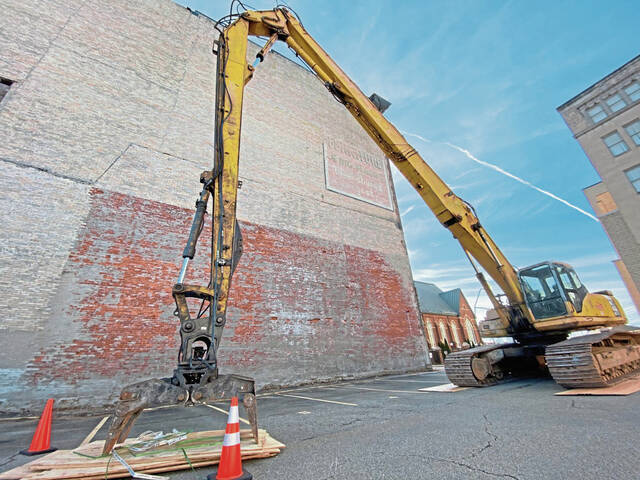Eliminating blight isn’t a one-time task.
Like weeding a garden, it’s a continual battle against recurrent attacks.
As one industry rises, another one falls. Coal to nuclear to gas. Steel to banking to health care. The same happens with evolving lifestyles. Downtown shopping districts gave way to massive one-stop malls and then to individual big-box stores.
On a more personal front, the neighborhoods that were full of life one day can all too quickly empty as the jobs shift and as the population ages. An aging couple’s home falls into decline. A fire razes another. Suddenly a Norman Rockwell street has a curb appeal problem that hurts property values.
Each change leaves a stamp on the landscape — and real estate — in the form of blight. It’s a problem the state has tried to address. So have counties and municipalities and nonprofits.
Right now, the idea is to use federal funds to address the problem. Westmoreland County commissioners announced in July that $10.4 million in American Rescue Plan money would go toward fighting blight in key municipalities: Arnold, Greensburg, Jeannette, Monessen, New Kensington, Penn Borough and Vandergrift.
That’s happening largely through demolition that clears the old, allowing new growth — the way a gardener yanks out the mint that is taking over a vegetable garden.
It’s a good way to address communities that already have considerable blight problems.
But the issue can’t be solved just by pulling weeds. There has to be a broader plan in place because that money to knock down dilapidated buildings won’t last long, but the issue of blight will pop up again if you don’t get to the root.
Monessen is addressing it by utilizing groups like the chamber of commerce and local pastors to take a look at quality of life and economy. Greensburg planning director Jeff Raykes is looking down the road at new housing and business development. The Westmoreland County Community Foundation is providing grants to the county redevelopment authority for consulting to help map out those futures.
That kind of long-term vision has to be part of controlling blight because otherwise $10 million is just a stopgap instead of a solution.








